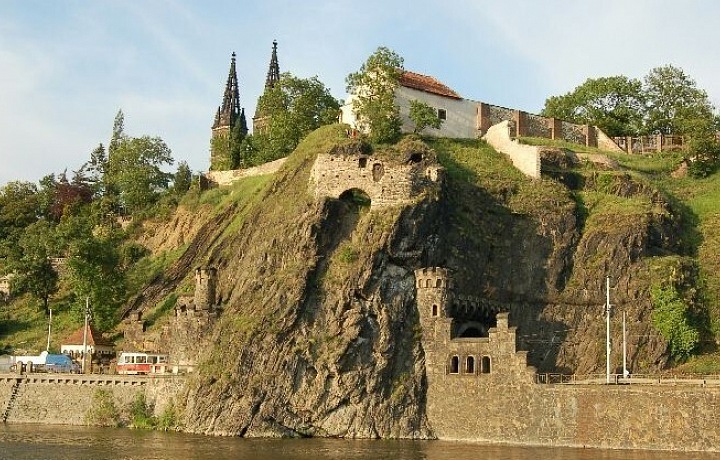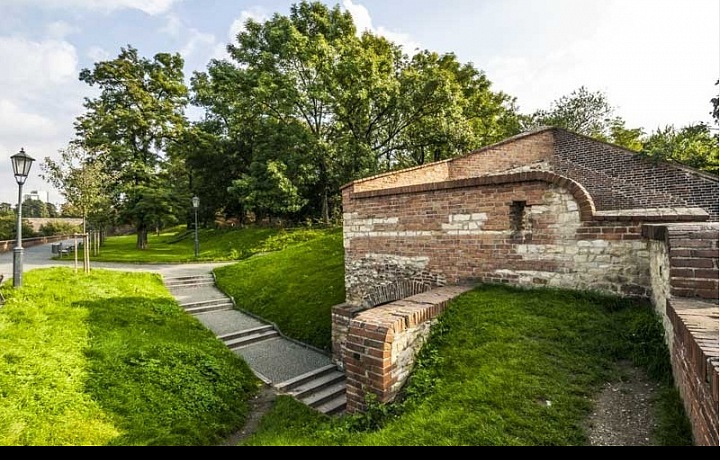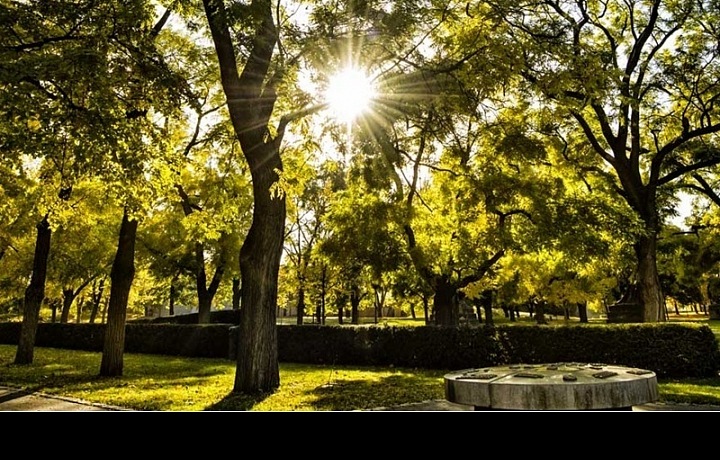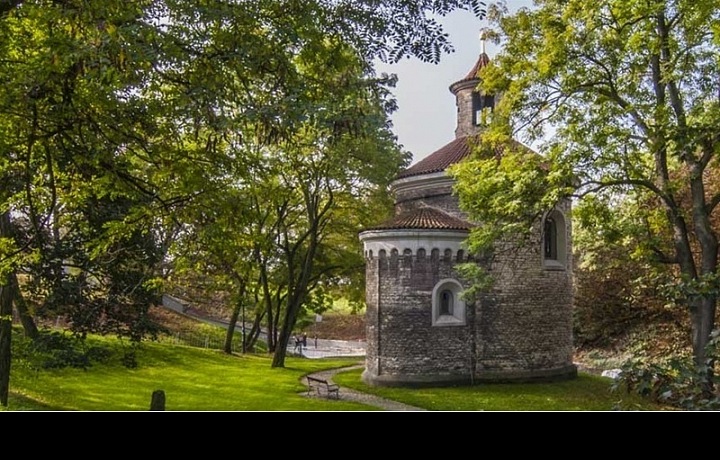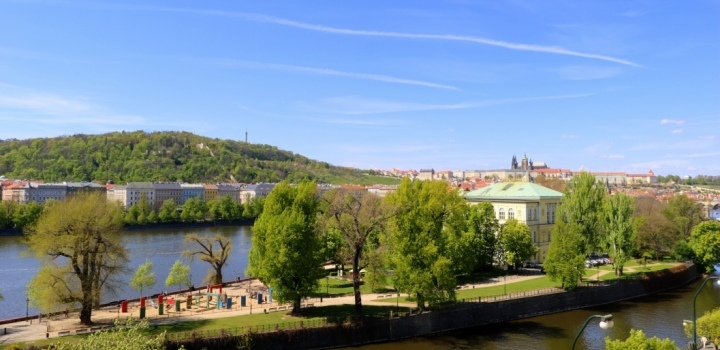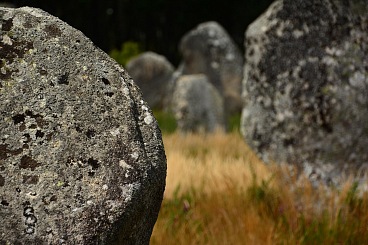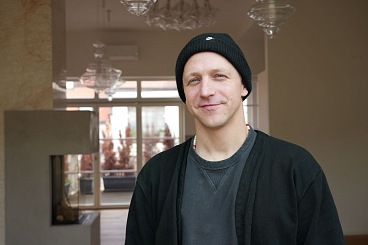Vyšehrad – a luxurious location with a view over Prague
Vyšehrad is associated with the famous legend of Princess Libuše, the fearless Bivoj and the mythical Šemík. Its proven history stretches back to the middle of the 10th century.
The many functions of Vyšehrad
Over its long existence, Vyšehrad has performed many functions. It was from Vyšehrad that Vratislav II ruled at the start of the 11th century, having moved here from Prague Castle. During the reign of Charles IV, the fortifications were extended and new buildings built here. But the glory of Vyšehrad did not last long. It was occupied by the Hussites in 1420 and the walls were torn down. A town later sprung up on the site of Vyšehrad, but this did not last long either.
The path to its current luxury shape
Construction of the Vyšehrad fortress took place here from 1653 onwards, giving Vyšehrad its final appearance. In the second half of the 19th century, luxurious gardens were planted and buildings were repaired in a neo-Gothic style.
The national cultural monument Vyšehrad also became the burial place of important Czech personalities. Resting in peace here, you will for example find: the painter Mikoláš Aleš, the Čapek brothers, the composer Antonín Dvořák and the actress Nataša Gollová.
Construction of the famous cemetery was completed in 1893 and its dominant feature is the Slavín crypt.
Beautiful views and a place to take walks
Vyšehrad has a unique location in Prague offering luxurious views over the city. During romantic walks, you can visit some interesting buildings such as the Old Burgrave’s House, which is one of the palace buildings built under the reign of Charles IV. Gothic cellars were built here at the same time which are open to the public.
You can set out in search of art to Vyšehrad Gallery, housed in the former guard tower which makes up part of the fortifications. The system of underground corridors created here to facilitate swift movement of soldiers is also very interesting and open to the public. The total length of these corridors is more than 1 km. The largest underground space is taken up by the so-called Gorlice, which was used as a storage room for food and ammunition and also a place for soldiers to gather.
There has been a summer stage here since the end of the last century, used for various cultural events.


